"Post-truth [is a] cash cow for print and electronic media and fodder for year-around political campaigning and fund-raising; English Dictionary 2016 Word of the Year; interminable open—and closed—door House and Senate hearings on Russian interference in U.S. elections; the internet, Ken Ham's Creation Museum and Ark Encounter, Breitbart, and the presidential bully pulpit; the birther movement, deep state conspiracy theory, global warming and New Creationism debates, and free speech controversies on university campuses across the country."
Barbara A. Biesecker
Philosophy & Rhetoric, Vol. 51, No. 4, 2018. Special Issue: Post-Truth (JSTOR) (Project Muse)
Bill Nye vs. Ken Ham Evolution Debate at the Creation Museum - NPR
"We Don't Have to Be Afraid Of The Real Evidence" - The Guardian
Creation Museum Photo Essay - Topic
"Mr. Wilson's Cabinet of Wonder: Pronged Ants, Horned Humans, Mice on Toast, and Other Marvels of Jurassic Technology" by Lawrence Weschler
"... a true hodgepodge of natural history artifacts..." Smithsonian Magazine
David Wilson, creator of the Museum of Jurassic Technology (via Hammer)
PROJECT SOMEONE >> This is a project run by some awesome scholars who are trying to figure out how people (teens, in particular) learn to hate through online communities. They have some great resources and tools and videos. Here is the mission statement from their website: “Project Someone works to build awareness, create spaces for pluralistic dialogues, and combat online hate. Our multimedia materials, training curricula and programs aim to prevent hate speech and build resilience towards radicalization that leads to violent extremism.” (Clark)
RABBIT HOLE >> Excellent and unnerving podcast that investigates the question, “What is the Internet doing to us?” (Clark)
REPLY ALL >> Another podcast about the effects of technology and the internet in our world.
#166 Country of Liars - QAnon origins and implications (language & content warning). (Clark)
LOVE THE ART, HATE THE ARTIST >> a video about thinking twice about the art and artists we look at and spend time with. (Sophie)
IDENTIFYING MISINFORMATION >> a nice little poster (that could perhaps be printed out and put up in a classroom) that has some points about stopping and thinking about sources before trusting them. (Sophie)
CONSPIRACIES? FAKE NEWS? WE CONNECT THE DOTS >> a podcast by Bill Nye that explores conspiracies and fake news and how to decipher them. (Sophie)
Technology4Engagement - Critical Consumer >> a website about being a critical consumer of information on the internet. There is a checklist and video about Carl Sagan’s “Baloney Detection Kit” which goes over some rules for “detecting baloney” on the internet. There is also a parado video by The Onion about “Compost-Fueled Cars” that illustrates some of the criticism of Ted talks. Also, there is a link to a spoof innovation video Google places on their website every year. (Mikaela)
“The Fine Art of Baloney Detection” by Carl Sagan >> book written by Pulitzer Prize-winning author and astronomer Carl Sagan about detecting fake or unreliable information encountered on the internet (Mikaela)
“A Demon-Haunted World” by Carl Sagan >> book written by Pulitzer Prize-winning author and astronomer Carl Sagan about how and why to think scientifically, against human compulsions to do otherwise. “How can we make intelligent decisions about our increasingly technology-driven lives if we don’t understand the difference between the myths of pseudoscience and the testable hypotheses of science?” Link to the book on Amazon. (Mikaela)
https://www.frieze.com/article/after-fact-propaganda-21st-century >> An article about a show in Germany that reflects on our post-truth world and art’s relationship to politics. (Hannah)
https://muse-jhu-edu.erl.lib.byu.edu/article/759033 >> a scholarly article that examines the links between folklore and fake news. (Hannah)
https://medium.com/@fwils001/a-promise-to-deceive-eefecbd02ae3 >> blog post about how art in general is a way of deceiving. (Hannah)
Thinking Critically and Evaluating Information
This gives some tips for critically evaluating information and analyzing sources. It has lots of good questions that students should ask when they are looking at an information source. (Madi)
https://asistdl.onlinelibrary.wiley.com/doi/full/10.1002/meet.2009.1450460263 >> This is a study published by asis and T looking at medial literacy within undergrads. It identifies some of the most important skills adolescents need to be learning and why they are so important. (Lexi)
https://www.youtube.com/watch?v=hz6GULbowAk
This short video talks about how a fact can become false over time and with the spread of misinformation. There are small things that can distort the truth. (Kaitlin)
How to avoid fake news & hoaxes
This article has a long list of tips to avoid believing in fake news and misinformation. It even talks about how to avoid getting malware on your computer. (Kaitlin)
Making media literacy great again
This article interviews a professor at the University of Washington and his students that are in the “Calling Bullshit in the Age of Big Data”. A class dedicated to media literacy and the way the world functions on fake news and false information. It is really insightful. (Kaitlin)
The Misinformation Effect and Psychology Behind Fake News >> An article about the way our minds distort information, even our own memory. Also talks about how we can recognize and combat fake news, especially through education. (Serena)
Fake News, It’s Your Fault >> TED talk by Christina Nicholson about “taking care before you share” and a few reasons behind why media networks share what they do. (Serena)
5 Tips to Improve Critical Thinking >> Short video giving a few tips of how we can sort through information and improve our decision making. (Serena)
https://libguides.tru.ca/fakenews/falling >> This is a page from the Thompson Rivers university library that has some great examples of the most believable fake news stories. It also explores why we are so likely to fall into the trap of fake news. It also has some links to free fact-checker sites. (Lexi)
Deepfakes: Is This Video Real This is an interesting Youtube video that discusses the need to not panic over new fake news techniques, such as deepfakes. Rather, fake news has always been around in one form or another and all information should be verified before it is shared. (Tessa)
April Fool's Joke Earlier this year a doctored screenshot was circulated on April Fool’s Day stating that Utah students would need to repeat their current grade. I knew many people who fell for this and eventually the governor addressed the danger of this example of fake news. The article affirms the importance of being critical media consumers (Tessa)
Crash Course There is a whole Crash Course series on Youtube (you’ve probably seen some of the history Crash Courses with John Green) all about Media Literacy! This link is the first introductory video and it mentions how many people who need to learn about media literacy and its effects the most are the least likely to seek out information about it so it is important to spread the word. (Tessa)
Deepfake Video MIT made a deepfake video of Richard Nixon announcing the first moon landing had been unsuccessful and the astronauts had died. Faked information, including videos, is a really dangerous aspect of misinformation. (Deanna)
How to Spot Real and Fake News: Critically Appraising Information This article and video offers advice on spotting fake news, covering both completely false and partially false information. (Deanna)
How news anchors are reacting to the border crisis This video shows different news anchors discussing migrant children in detention centers. Their differing reactions shows how biased news can be, and the impact that can have on how we perceive the world around us. (Deanna)
WHY TODAY'S STUDENTS NEED MEDIA LITERACY MORE THAN EVER This short article discusses what media literacy is and why it is a critical skill for students to have. It shares some statistics about media usage, which could be a useful tool for explaining why this matters to students. (Deanna)
10 creative ways to teach media literacy This is a Canva resource, so they advertise themselves. That being said, some of these ideas for teaching media literacy could be really cool to try out in a classroom!
Confirmation Bias >> Social psychologist Heidi Halvorson explains confirmation bias- what it is, how to identify it in yourself, and how to overcome it. She talks more about how it applies to interactions with people, but it’s a good introductory video and could be used to lead into talking about how confirmation bias affects our general information intake. (Madi)
Why You Think You’re Right- Even if You’re Wrong >> Julia Galef compares two mindsets- the soldier (wanting to defend your viewpoint at all costs and having an automatic response to new information) and the scout (trying to get an accurate picture of reality, even when that’s unpleasant or inconvenient).(Madi)
How to Spot Fake News >> A video that explains some really good ways to look out for fake news, and how to be smart about reading news articles. It’s specifically geared towards students as well. (Megan)
Spotting disinformation in social media >> This article lists five ways to spot disinformation on social media and overall has some good information about it. (Megan)
Media Smarts >> This webpage talks about what media literacy is, why we should teach it, and how to integrate into the classroom. I think this is a great resource for us as teachers in order to incorporate into our classrooms. (Leah)
Psychology of Misinformation >> This article goes through the psychology of why misinformation is so easily believed and why it can be so harmful to us, making it really hard to correct. (Leah)
Fake News is Solvable >> This podcast on the podcast brunch club talks about how to solve fake news. It talks a bit about vaccination and anti-vaxxers as well. (Leah)
The CRAAP Test >> The CRAAP Test was developed by librarians at California State University, Chico, and reminds us to assess articles based on the Currency, Relevance, Authority (or source of the information), Accuracy and Purpose (meaning does the author have a particular intent). Asks questions to help students evaluate a source. (Caley)
Why you think you’re right, even when you’re wrong >> A Ted talk exploring how perspective is everything, especially when it comes to examining your beliefs. Are you a soldier, prone to defending your viewpoint at all costs — or a scout, spurred by curiosity? Julia Galef examines the motivations behind these two mindsets and how they shape the way we interpret information. (Caley)
Who Is Manipulating Facebook? >> This video investigates how popular social media platforms, in particular Facebook, are vulnerable to -- and battling against -- disinformation.(Caley)
https://99percentinvisible.org/episode/sounds-natural/
Natural sounds podcast from 99 percent invisible. It talks about what you hear in movies, particularly documentaries, is man made. It also talks about a wolf documentary that was partly filmed with tame wolves and the disney film that threw lemmings off a cliff to make the myth of lemming suicide. (Megan Linsley)
https://www.youtube.com/watch?v=0pDE4VX_9Kk
John Berger: Ways of Seeing BBC Documentary. This old documentary goes over the way that you see art is changed by your surroundings, presentation, etc. It is not exactly related to misinformation, but I find that it gets into the core of how we process information and how replication of art changes the art. I find it fascinating. (Megan Linsley)
https://www.youtube.com/watch?v=ImaH51F4HBw&t=26s
The Medium is the Message, Marshall McLuhan 3 part seris. McLuhan’s philosophy is that the medium (tv, radio, internet) also needs to be considered. How does viewing something on the tv or radio changes the nature of the message you are receiving. To relate this to misinformation and media literacy, not only should the source of the information should be considered, but also the source of media (computer, newspaper, television, etc). It is like adding another dimension to the discussion of information because information can change in order to be consumed in different forms. (Megan Linsley)
https://www.fastcompany.com/3024273/infographics-lie-heres-how-to-spot-the-bs
How infographics and data can lie. The presentation of infographics is critical in understanding the data. Just by looking at the numbers can tell more truth than the graphics. There are some good examples of this in this article. (Megan Linsley)
https://www.ted.com/talks/christiane_amanpour_how_to_seek_truth_in_the_era_of_fake_news
How to seek truth in an era of fake news, a tedtalk by Christiane Amanpour. (Danika Capson)
https://ideas.ted.com/four-tricky-ways-that-fake-news-can-fool-you/
Blog by neuroscientist Daniel J. Levitin about Four tricky ways that fake news can fool you. (Danika Capson)
Media Maze,Unconventional Wisdom for Guiding Children Through Media by Eric Rasmussen
https://www.amazon.com/Media-Maze-Unconventional-Guiding-Children/dp/1462121225
Really interesting book focused on the goal of empowering kids to use media rather than shielding them or protecting them from it (Maddie C.).
https://www.nytimes.com/2020/10/14/technology/personaltech/how-to-deal-with-a-crisis-of-misinformation.html
Very current article about recent examples of misinformation and how we can navigate it and “be skeptical” (Maddie C.)
https://www.nationalgeographic.com/science/2020/10/guide-to-overcoming-coronavirus-misinformation-infodemic/#close
Interesting article by National Geographic about misinformation surrounding the Coronavirus. Also talks about why misinformation spreads so easily on social media- “On social media, people are focused on how much their friends and followers are going to ‘like’ their posts—the amount of positive social reinforcement they are going to get—rather than accuracy”. (Maddie C.)
https://advances.sciencemag.org/content/6/14/eaay3539?intcmp=trendmd-adv
This article talks about how to evaluate misinformation, with specific regards to politics and news sources. It’s a great personal resource as well as a jumping-off point for conversations with others. (Sadie)
https://en.wikipedia.org/wiki/Fake_news
I honestly just think this is funny, that there’s a Wikipedia page on “Fake news”. Just an interesting resource to have. (Sadie)
https://www.vox.com/21430923/fake-news-disinformation-misinformation-conspiracy-theory-coronavirus
Not that Vox is the most reliable, but again just another great tool for identifying fake news. (Sadie)
https://www.distractify.com/fyi/2018/07/30/29YpYr/why-do-i-look-different-in-pictures
>> I recently had the question why I look different in selfies than in the mirror and also wondered how other people view me, and this led me to this site. Quite interesting. (Veronica)
https://www.youtube.com/watch?v=8DLNFDQt8Pc >> Jia Jia Fei talks about art in the age of instagram. She discusses how the digital reproduction of art pieces changes the way we look at it. (Veronica)
https://www.youtube.com/watch?v=FqrHmKo-cm4 >> From the PBS studios, The Art Assignment discuss with us and share their thoughts on the question: Do machines make art? (Veronica)
The Most Good You Can Do >> This is a book that introduces effective altruism. This is a philosophical and social movement which applies evidence and reason to working out the most effective ways to improve the world. This doesn’t directly deal with bias in the media but I hope this book helps students see that where they spend their time is valuable, and why it may be important to sift through others intentions/narratives on social media. (Corinne)
S.I.F.T >> A clean beginners guide to sifting through media bias - how to evaluate information in a digital world. Could be nice to have something similar printed on a classroom wall. (Corinne)
Programed to Believe >> This article could provide some psychological insight on how/why fake news is so easily accessible / how people buy into Falsehoods (Corinne)
Virtual Influencers >> Article reveals one of the more extreme methods companies might use to try and influence their consumer base and encourage purchase of their products (Kayla)
Turning Brands Into Religions >> Another article describing some of the social engineering strategies companies will use to create loyal consumers (Kayla)
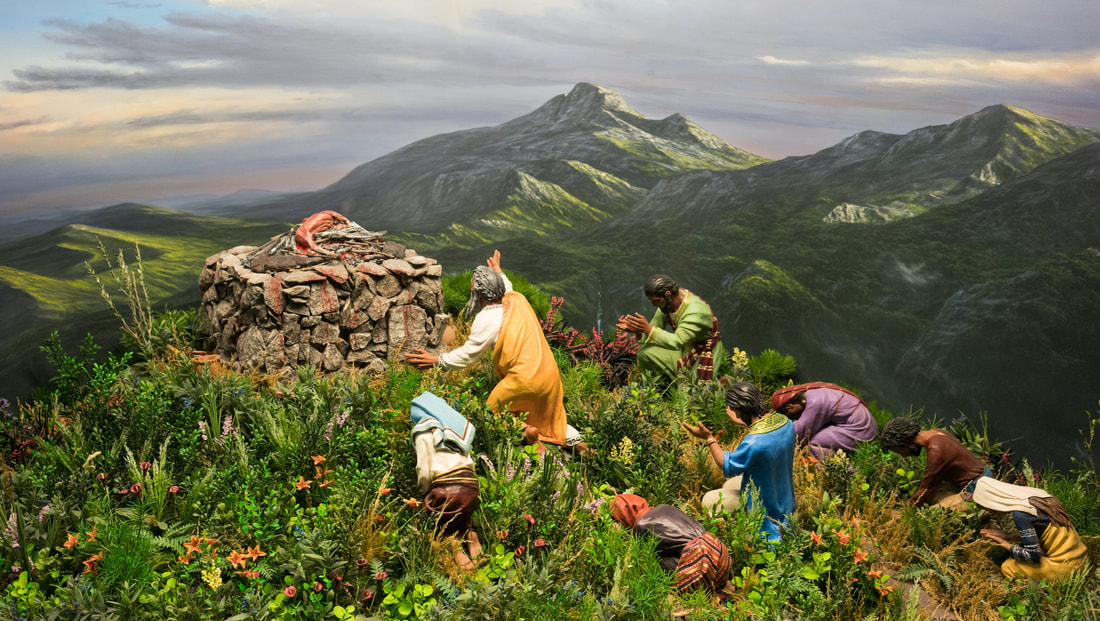
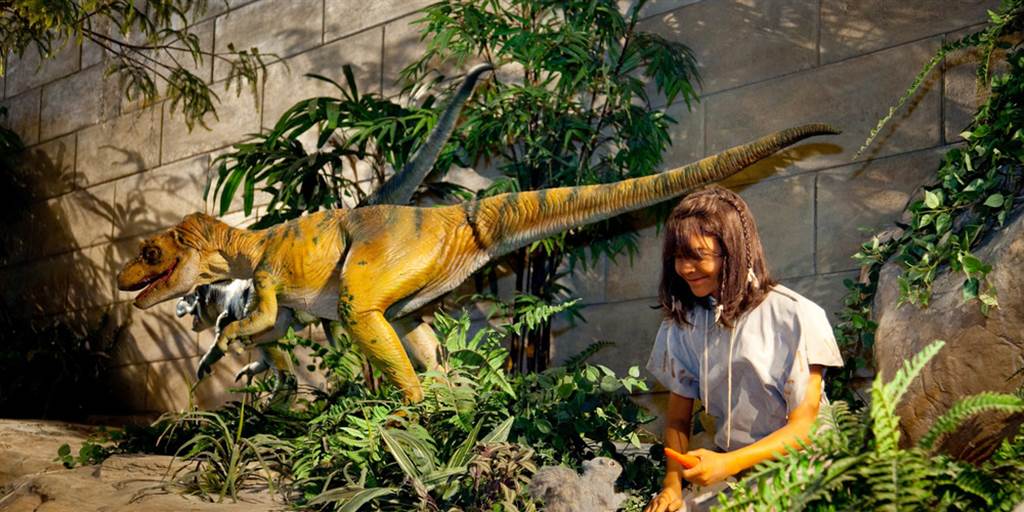
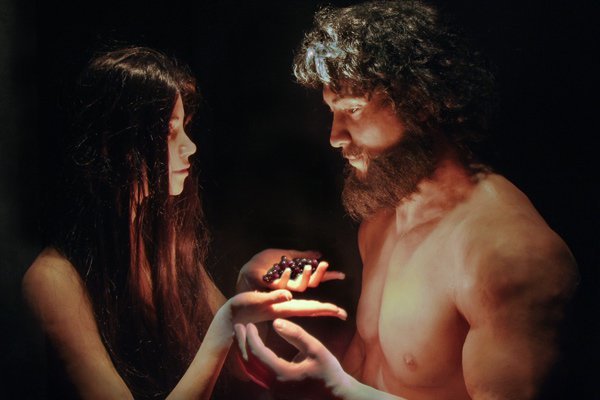
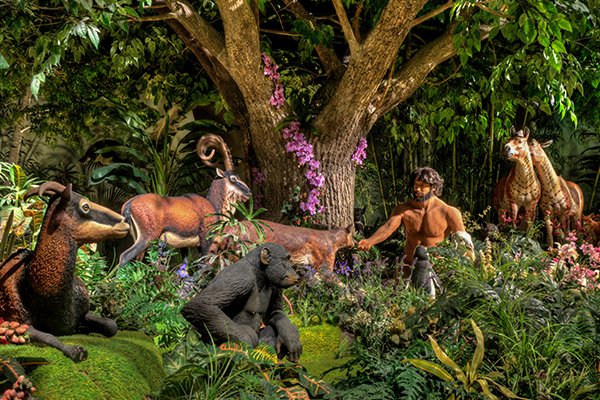

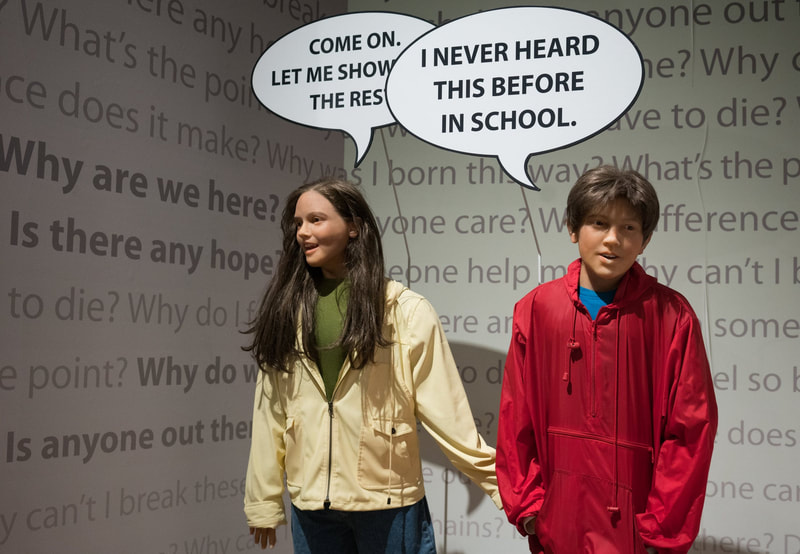
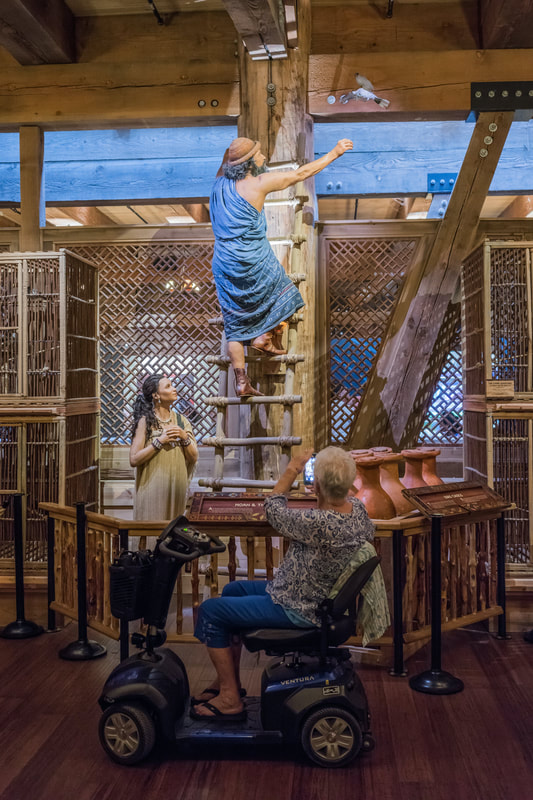
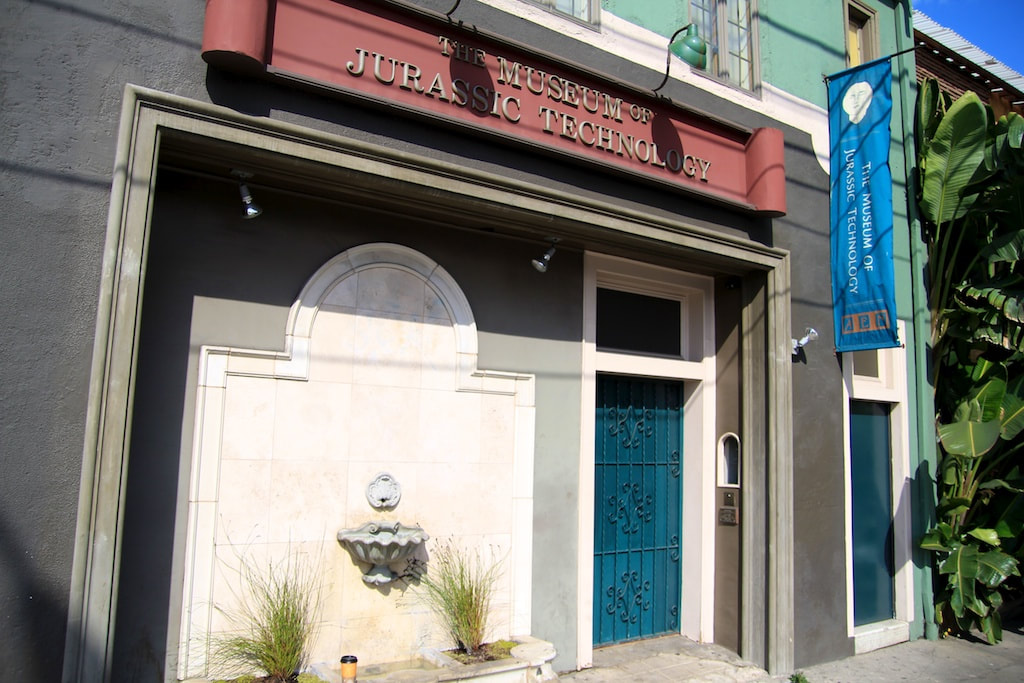

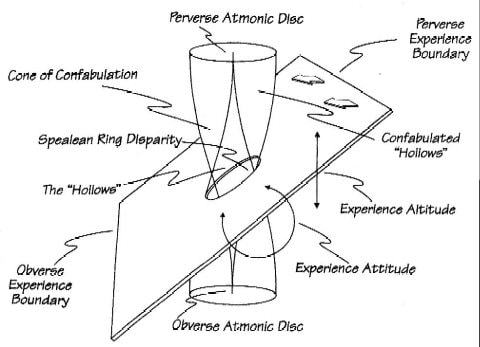


 RSS Feed
RSS Feed
